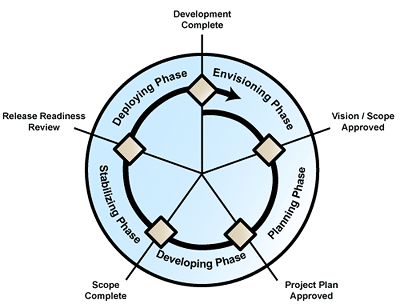After pilot and acceptance testing has been completed, the next step is to discuss test results and agree on the action to be taken: to either move to the Release Readiness Review or return the release to the change owner or release manager for more work or re-work.
The release manager, change manager, and change owner are the primary participants in this discussion, but it also may include representatives of other interested groups, such as the test teams, service desk, and user community (depending on the nature and size of the release).
Although a release may have failed a number of tests, both in the lab and in the production environment, the failures might not be significant enough to prevent deployment. Even if there are implications for the production environment, there may be a number of compelling business reasons why the release must be deployed.
The testing experiences and lessons learned (in addition to any workarounds developed) are captured and documented. If issues are picked up during testing that affect the user community or service levels, it is necessary to discuss expected problems and workarounds with the service desk representatives and ensure that the workarounds will be available to the service desk prior to deployment. There may be a need to initiate additional requests for change (RFCs) to make the release work as planned. In either case, the change log needs to be updated with the decision and any other supporting information.
The Release Readiness Review is the final management checkpoint and approval stage before the release team begins detailed rollout planning and preparations. The Release Readiness Review results in a go/no-go decision about whether to deploy the release. If the decision is a go, the release moves to rollout planning and preparations or is physically incorporated into the production environment. Otherwise, the deployment is postponed until the necessary improvements take place, or it is canceled. Either way, the change log should be updated.
Risk management, while an important consideration for all MOF reviews, is especially important for the Release Readiness Review. That's because the introduction of a new or updated release usually entails a great amount of uncertainty, and the Release Readiness Review is the last checkpoint before the status of deployment risks can change from possible risk to real problem.
The Release Readiness Review process contains four essential steps:
- Plan for review
- Prepare for review
- Conduct review
- Follow up on review
MSF and MOF
The Release Readiness Review is a key integration point between the Microsoft Solutions Framework (MSF) and MOF. The Release Readiness Review is a major MSF milestone and occurs at the end of the MSF Stabilizing Phase, as depicted in the following figure.
